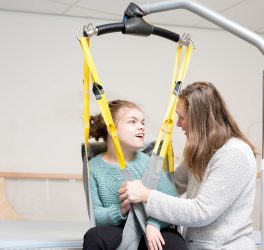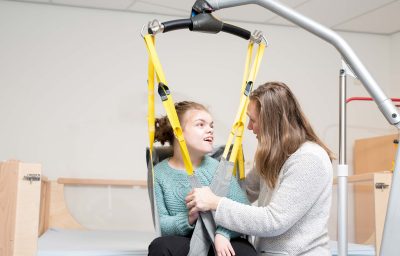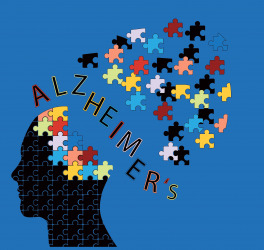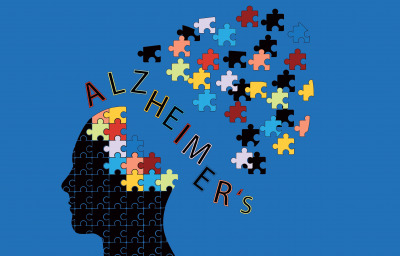The LEXO, a new robotic gait rehabilitation therapy device, launches today in Australia on World Stroke Day.
The first of its kind equipment is being hailed a revolutionary game changer for over 60,000 Australians who suffer from a Stroke every year, as well as for people living with other neurological disabilities such as brain or spinal cord injury, Multiple Sclerosis, Parkinson’s, Hereditary Spastic Paraplegia, Cerebral Palsy and Functional Neurological Disorder (FND).
The LEXO works by helping to improve walking ability, speed and endurance more effectively through its individually adjustable end-effector gait training robot, combined with dynamic body weight support system. These features facilitate a natural walking pattern, provide sensory feedback and dynamic body weight support to assist with re-training gait. This means that the LEXO® enables a more effective return to walking and at a higher quality.
NSW government provided special support for the LEXO to be allowed into Australia from Austria during COVID-19, with leading neurological rehabilitation and disability provider, Advance Rehab Centre in Artarmon, Sydney being the first rehabilitation centre in the world to purchase this device.
Melissa McConaghy, CEO of Advance Rehab Centre and Australian Physiotherapist of the Year 2019, said that during rehabilitation, patients need to be challenged at and beyond their individual capabilities. “Speed, support and gamification can be adjusted on the LEXO to optimally drive the intensity and engagement of the therapy meaning much more effective results.”
“90% of Stroke survivors have some functional disability, with mobility being the major component. The inability to walk independently detracts from quality of life, individual dignity and leads to higher levels of dependence and possible re-admission to hospital. It can also bring about secondary complications such as Osteoporosis and heart disease,” Ms McConaghy said.
“The use of the robotic gait trainer in rehabilitation for people after Stroke and other neurological issues increases their chance of walking independently at the end of the intervention phase. Patients are motivated to reach their goals with various game-like exercises and can achieve up to five times more practice in the device than traditional over-ground training. Their increased level of activity influences the performance of the task, the gait quality and the speed,” she said.
For more information, go to www.archealth.com.au.








